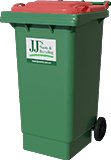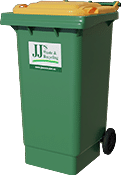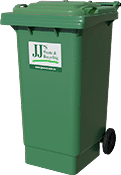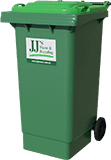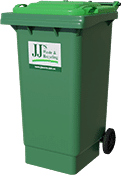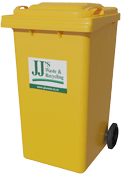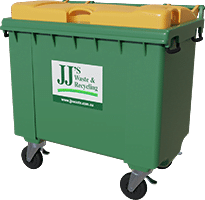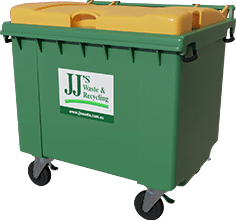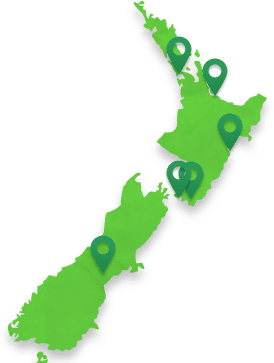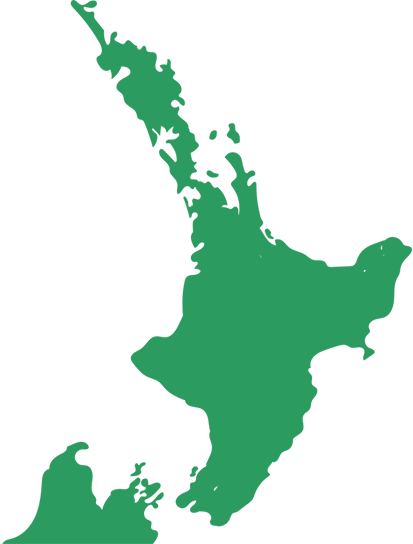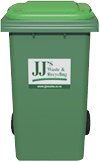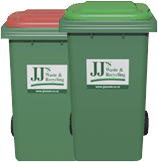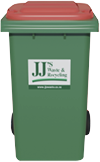Commingled Waste Recycling
JJ’s Waste & Recycling offers comprehensive recycling services and waste management for businesses and households in New Zealand. By using a commingled recycling service, you can reduce your environmental impact and help preserve our natural resources.
Commingled recycling is its own waste stream and differs from general waste. Commingled recycling is a process where different types of recyclables are collected together in one bin or container. This makes it easier for recycling companies to sort and process the materials and means that you don’t have to separate your recyclables yourself.
What is Commingled Recycling?
Depending on your location, the types of waste in commingled recycling are paper and cardboard recycling, glass jars and glass containers**, aluminium cans, steel cans, plastic bottles and plastic containers. These commingled waste items are most commonly found in office or household environments.
In general, commingled recycling is more efficient than single waste streams, as it reduces the need for sorting and processing at recycling facilities. This means that less energy is required to recycle the materials, and there is less waste sent to landfill.
**Please contact your local depot for items that can be recycled in your area.

Rigid plastic containers

Glass bottles
and jars**

Steel & aluminium cans

Paper

Cardboard

Milk & juice cartons**
What are the benefits to using a commingled waste recycling service.
It is more efficient by not having to separate your recyclables, and businesses and households can save time. This is especially beneficial for businesses that generate a lot of waste.
It also reduces the amount of waste that goes to landfill. When materials are recycled, they are reprocessed into new products. This helps to preserve our natural resources and reduce pollution.
The waste management industry employs thousands of people around the world, and by using a commingled recycling service, you can help to support these jobs.
What happens to your commingled recycling after collection?
The commingled recyclables are transported to a local recycling facility, where they are sorted and processed. The materials are then recycled into new products, which helps to preserve our natural resources and reduce pollution.
How to prevent commingled recycling contamination
One of the main benefits of using a commingled recycling service is that you don’t have to separate your recyclables yourself. However, there are still a few things you can do to help ensure that your recyclables are not contaminated and can be easily processed at the recycling facility.
Make sure that all waste items are clean and dry before placing them in the commingled recycling bin.
Remove any food or liquid from containers.
No food waste or organic waste is to be mixed with commingled recycling bins.
Avoid putting hazardous items, such as batteries or light bulbs, in the commingled recycling bin.
Do not place plastic bags into commingled recycling. Plastic bags can contaminate other recyclables and make them difficult to recycle.
Textiles also should not be mixed into the commingled recycling bins.
Avoid the placement of general waste items that are typically destined for the landfill.
By following these simple guidelines, you can help to make sure that your commingled recyclables are recycled properly and efficiently.

Commingled Recycling Services
If you’re looking for a comprehensive waste management and recycling solution for your business,
JJ’s Waste & Recycling can help.
We offer commingled recycling services that are easy and efficient, and help to reduce your environmental impact. Contact JJ’s Waste today to learn more about our waste management services.
Our Commingled Waste Wheelie Bins
Please contact our team for more information on commingled waste collection services available in your region.

